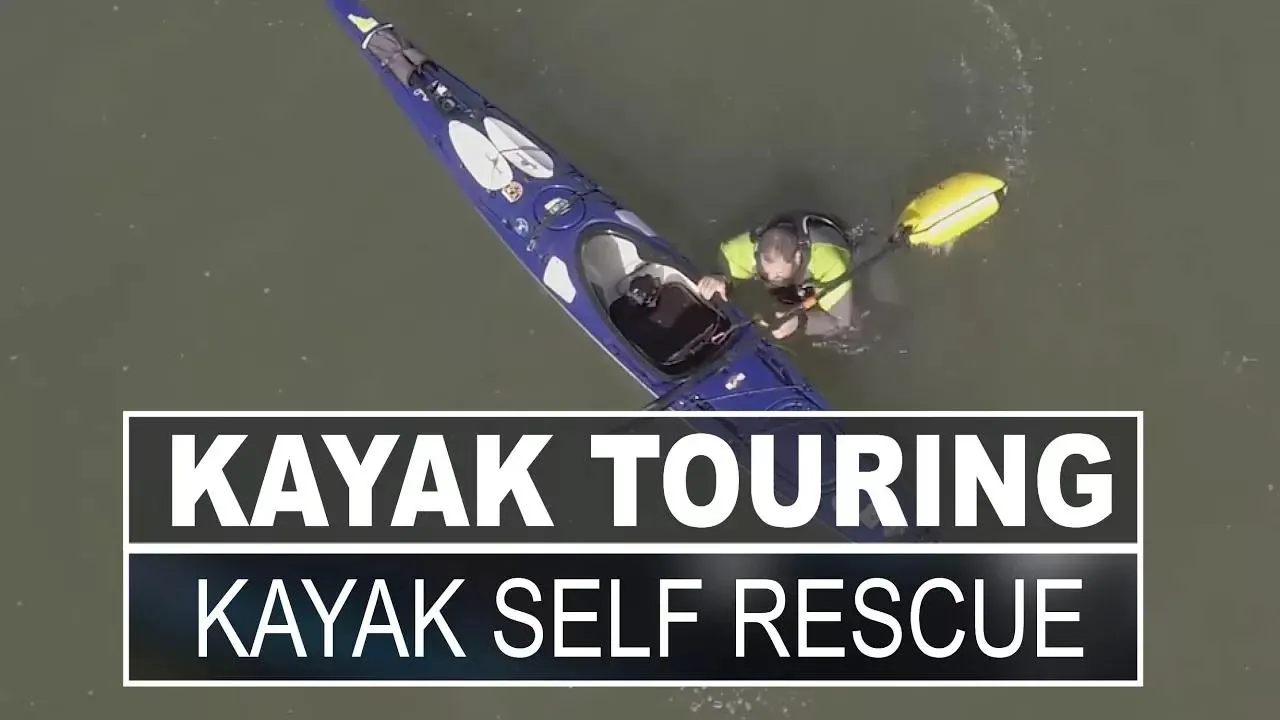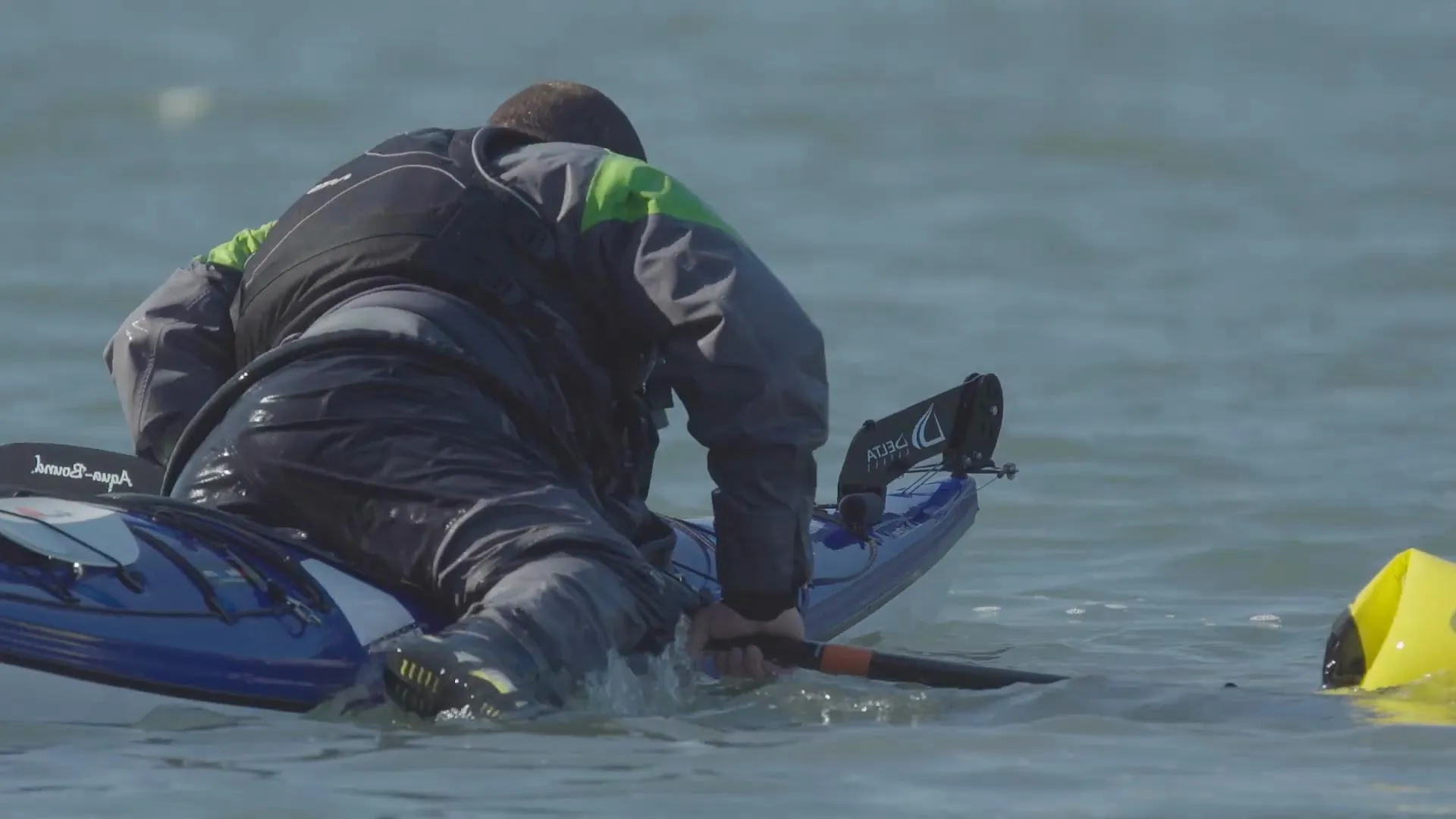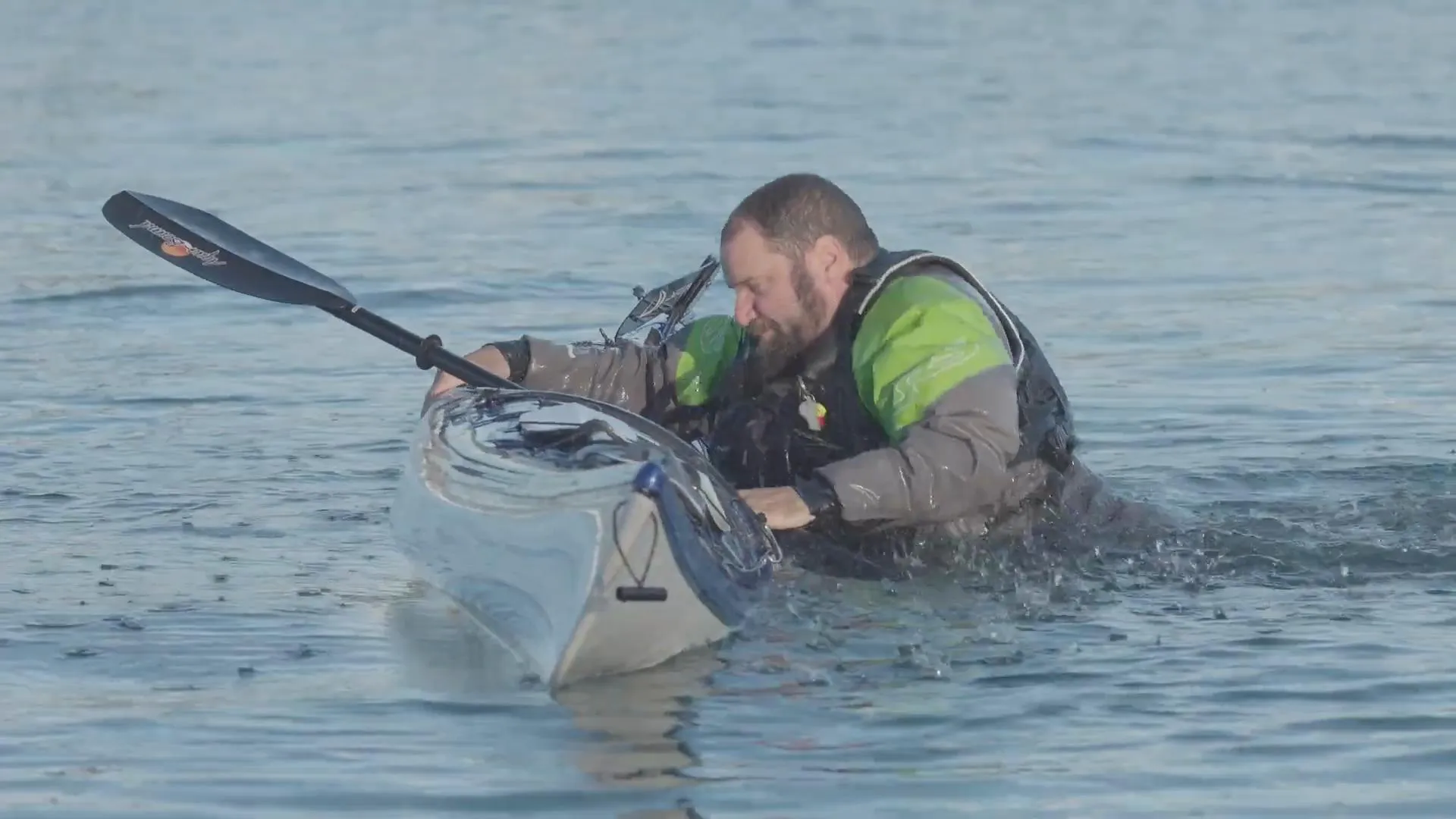Are you prepared for a Kayak Self Rescue in case you capsize while kayaking? Can you confidently say that you have the necessary skills to rescue yourself if you find yourself in a situation where you need to? If not, then this article is for you. We’ll take a closer look at the importance of self-rescue techniques and provide you with a step-by-step guide on how to perform a successful kayak self-rescue.
Before we dive into the nitty-gritty of kayak self-rescue techniques, it’s essential to understand that self-rescues are not easy and require a lot of practice to perfect. However, with the right skills and knowledge, you can significantly reduce the risk of accidents and stay safe while kayaking.
So, what is the best self-rescue technique for kayaking? According to experts, the Roll is the most effective self-rescue technique, especially when paddling in rough or exposed conditions. However, if you don’t have a reliable roll or find yourself swimming beside your kayak, there are two alternative techniques you can use to re-enter your kayak by yourself: the Scramble and the Paddle Float Rescue.
Before we move on to the key takeaways, let’s take a look at the most important points to remember:
Key Takeaways:
- Self-rescue techniques are crucial for kayakers, especially when paddling alone or in rough conditions.
- The Roll is the most effective self-rescue technique, but it requires practice to perfect.
- The Scramble and Paddle Float Rescue are alternative techniques for re-entering your kayak by yourself.
- It’s essential to always carry a reliable communication device and leave a float plan with someone who knows your itinerary.
Kayak Self Rescue: The Scramble Technique
The Scramble is a technique for re-entering your kayak by yourself after flipping your boat upright. To perform the Scramble, follow these steps:
1. Approach your boat from the side, at the stern.
2. Grab the cockpit combing and pull your body on top of the kayak, keeping your chest down on the stern deck.
3. Stay as low as possible and throw a leg over the kayak, straddling it.
4. Work your way forward until you can drop your butt into the seat.
5. Grab your paddle and use it for support while you pull your legs back into the kayak.
Tips for the Scramble Technique
Here are some additional tips to keep in mind when performing the Scramble:
- Make sure to stay as low as possible to maintain balance and stability.
- Use your paddle for support to help you get back into the kayak.
- Practice the Scramble in calm waters before attempting it in rough conditions.
Kayak Self Rescue: The Paddle Float Rescue
The Paddle Float Rescue is a variation of the Scramble that uses your paddle with a float attached to one blade for support. To perform the Paddle Float Rescue, follow these steps:
1. Place the paddle across the back of the cockpit coaming, perpendicular to the kayak.
2. Hold the paddle and cockpit combing in one hand and reach across to grab the other side of the kayak with the other hand.
3. Give a good kick and pull your chest up and onto the kayak, staying low.
4. Hook a foot over the paddle shaft to get additional support while you turn your body to face the kayak.
5. Move your other leg into the cockpit and corkscrew your body back into the seat.
Tips for the Paddle Float Rescue
Here are some additional tips to keep in mind when performing the Paddle Float Rescue:
- Make sure to attach the float to the correct side of the paddle blade.
- Use your paddle for support to help you get back into the kayak.
- Practice the Paddle Float Rescue in calm waters before attempting it in rough conditions.
Why Take a Rolling Clinic?
While the Scramble and Paddle Float Rescue are useful techniques for re-entering your kayak by yourself, the Roll is still the most effective self-rescue technique, especially when paddling in rough or exposed conditions. If you’re interested in learning how to roll, we highly recommend taking a rolling clinic.
A rolling clinic will provide you with personalized instruction and feedback from experienced instructors, helping you to master the roll and gain confidence in your ability to self-rescue. Additionally, a rolling clinic will cover other essential topics, such as safety procedures and paddle techniques.
Benefits of a Rolling Clinic
Here are some benefits of taking a rolling clinic:
- Learn the most effective self-rescue technique for kayaking.
- Gain confidence in your ability to self-rescue.
- Improve your overall paddling skills and safety.
- Get personalized instruction and feedback from experienced instructors.
Additional Safety Tips
In addition to learning self-rescue techniques, there are several other safety tips to keep in mind when kayaking:
- Always carry a reliable communication device with you.
- Leave a float plan with someone who knows your itinerary.
- Check the weather forecast before heading out.
- Wear a properly fitting life jacket.
Communication Devices for Kayaking
When it comes to communication devices for kayaking, there are several options to choose from, including:
- VHF radios.
- Cell phones with waterproof cases.
- Satellite phones.
- Personal locator beacons (PLBs).
It’s essential to choose a communication device that is reliable, waterproof, and easy to use.
Conclusion
Kayak self-rescue techniques are essential skills for any kayaker, especially when paddling alone or in rough conditions. By learning the Scramble, Paddle Float Rescue, and Roll, you can significantly reduce the risk of accidents and stay safe while kayaking. Additionally, taking a rolling clinic can provide you with personalized instruction and feedback, helping you to master the roll and gain confidence in your ability to self-rescue. Always remember to follow safety procedures and carry a reliable communication device with you.
For more information on kayak self-rescue techniques and safety tips, check out the following resources:



